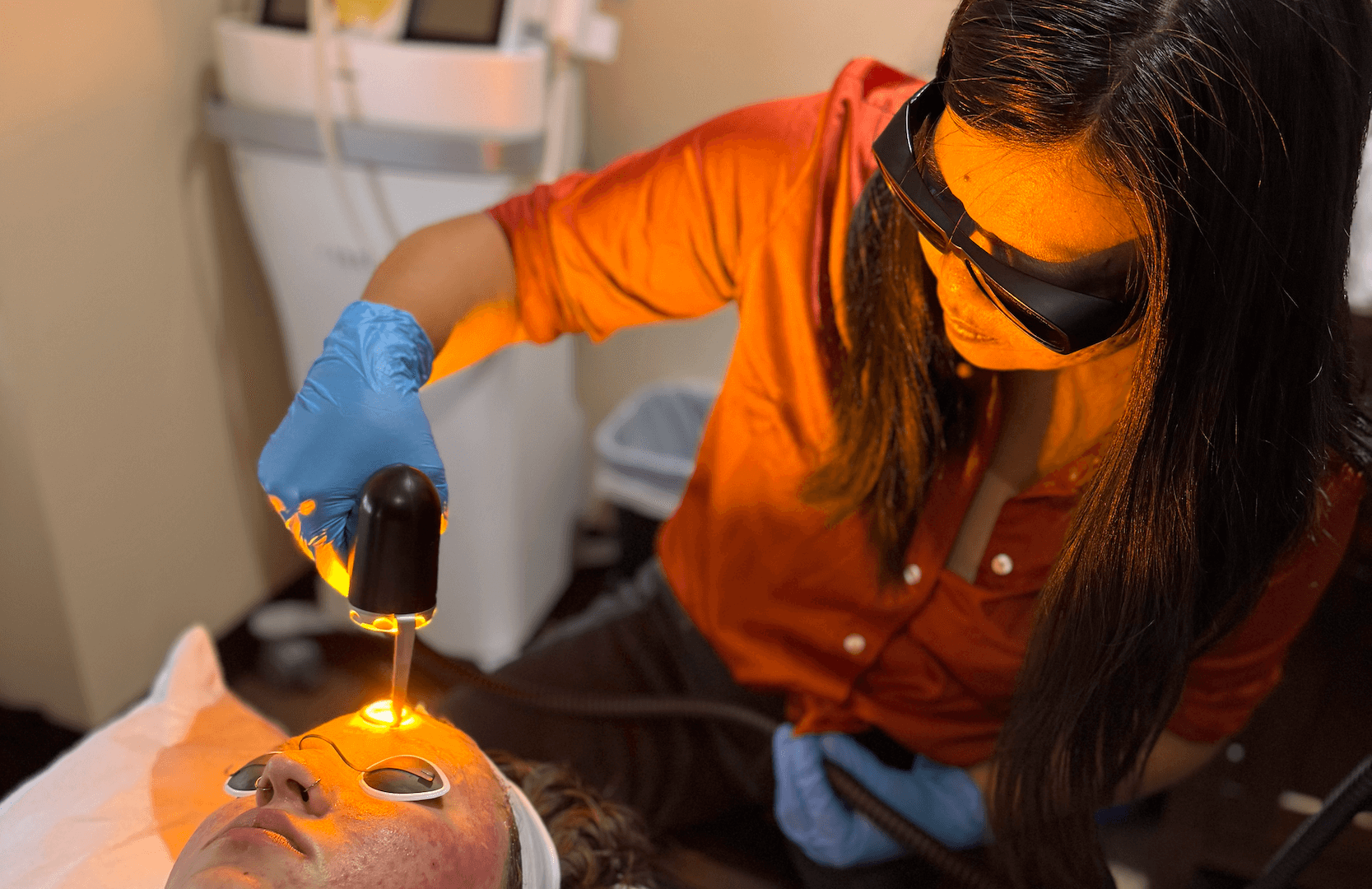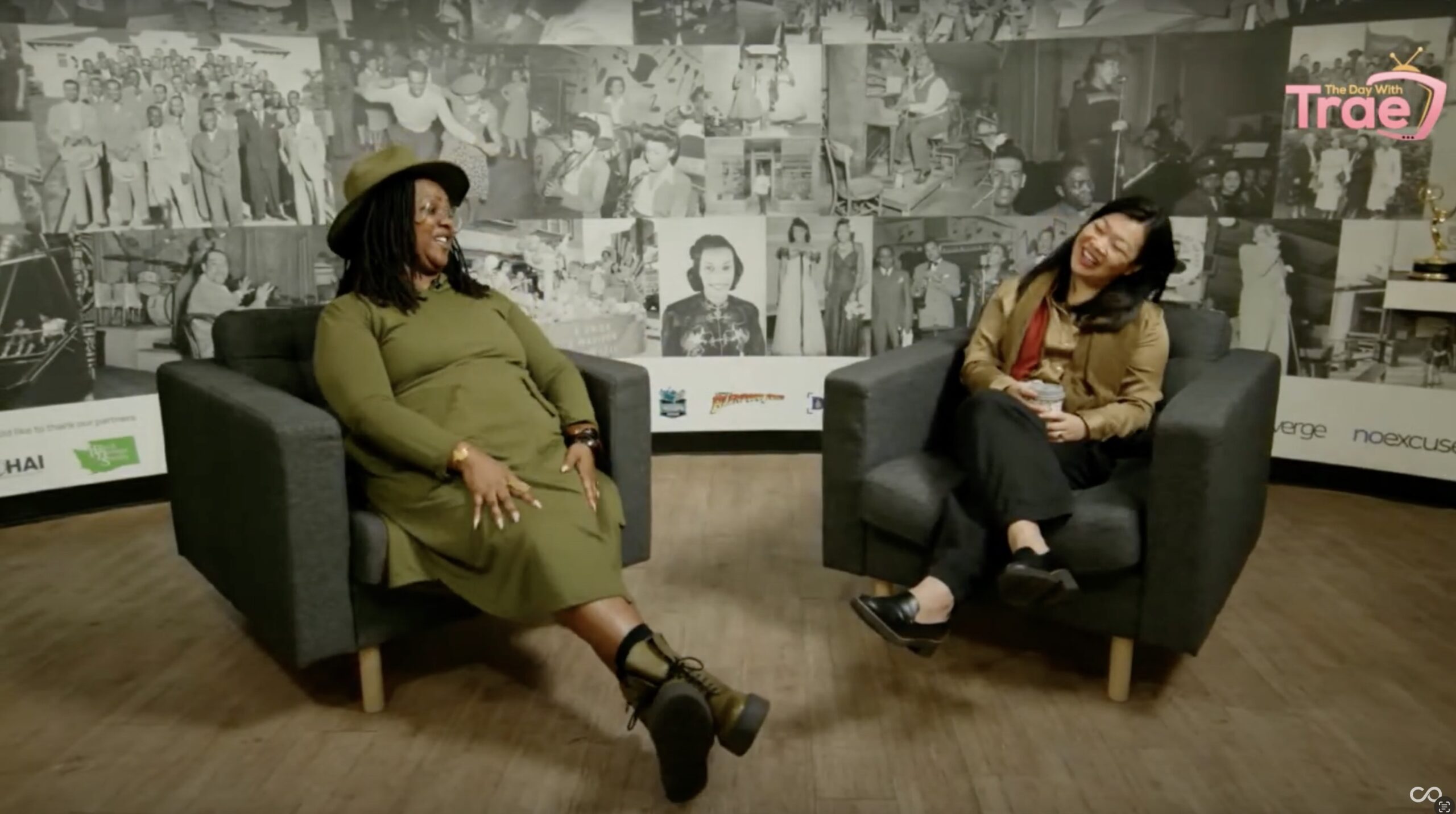Integrative Open House - March 16th 2025 When: March 16th, 2024 Time: 11:00pm - 3:00…
What is Mindfulness Anyway?
There are plenty of apps out there that help develop the first steps of mindfulness, and that is the practice of steady and intentional breathing. Breathing that engages the diaphragm rather than the accessory muscles of the neck and chest. Why is that important? When we breathe through our neck and chest muscles, we are usually in “flight or fight” mode, our breathing becomes more shallow, we are getting ready to engage our arms to run or throw a punch. When we engage our diaphragm, or “Diaphragmatic Breathing“, then we turn that signal off and we begin to engage our Vagal Nerve which is the nerve the signals our organs. This means that we go into “Rest and Digest” mode. Our brains shift from panic to to security, from “AHHHHH! There’s something out to get me!” to “OOH, I have food, let’s eat!
Mindfulness Practice:
Mindfulness actually has many functions and levels. In Chinese Medicine, Yin and Yang are interconnected and both are necessary. This idea can be applied to everything including Mindfulness. There are Yang or active forms of mindfulness: running, walking, yoga, QiGong, TaiChi, Dancing, engaging in Art or Craftwork that focuses what you are doing and thinking. This is very useful! But still-forms of mindfulness or Yin Mindfulness offer additional benefits that can be learned through mastering its challenges. This work is commonly associated with meditation, but it doesn’t have to be. What is important, is the practice of being still. Our modern world has become dominated by productivity and all of its demands. Intentional stillness is an important disruption and act of self-agency.
SO, HERE ARE THE FOUNDATIONS OF MINDFULNESS
First and foremost, the ritual and rhythm of breathing helps to anchor the mind and the body. This step sets the stage for everything else. From a cognitive-behavioral perspective, it helps to build a useful prompt for your body.
There are different styles of breathing philosophies. They all have their value. Here is a simple practice based in both Qi Gong training and being a Biofeedback guinea pig for Dr. Simon.
Simple Breathing Technique
- First, sit in a comfortable position, you may sit in a chair with feet flat on the floor, cross-legged, lay down or even stand up.
- Close your eyes to immediately tune out visual distractions.
- Now, if you are currently holding your abdomen in – drop it! Relax your abdomen and let it hang out. Your abdomen should have the freedom to fill up or squeeze tight with your inhalation and exhalation.
- Check in with your neck and shoulders and make sure to drop that too. Some of you may now know how. Give yourself a simple exhale like a sigh and they should drop. Notice how it feels when they’re disengaged.
- Inhale: Breathe in and imagine your breath filling your abdomen like a balloon. Feel the sensation of air and breath all the way down to your pelvis and low back. Count your breath. Try and make it up to about 4-6 counts.
- Exhale: Feel your abdomen come back in.
- Try and match your inhale/exhale count while breathing fully but comfortably.
If you feel light headed, try shortening the breath a little bit and breath a little less deep for now. You might also feel more clarity in your head, mind, and eyes. Your body may feel warmer, especially your extremities. This is the beginning of breath training. See if you can do just ONE full minute, then work up to five minutes and so on. Get your body comfortable with this process. Find apps that you like if that’s your thing. Find other breathing techniques you like if you don’t like this one.
1. QUIETING THE MIND
Mindfulness is about quieting the mind and the nervous system. How often do you rest your body just to find that your mind is still running? In its first steps, mindfulness is about an intentional quieting of the mind. It is a skill. Like any skill it starts with just doing it – even poorly – the best you can. Then refining it and getting better at it with practice.
To pause or look internally for a moment allows your body to rest from the physiological anxiety created by all the mental processing. In this way, mindfulness is a skill for relaxation and rejuvenation.
2. FOCUSING THE MIND
Once you become stronger at just quieting your mind, you can begin to focus your mind. This is when mindfulness can take on a form of meditation. The original meaning of “meditate” was contemplation, devout preoccupation, personal prayer, or “to ponder, think abstractly, engage in mental contemplation”. It didn’t need to be spiritual. Although it can lead to that once you’re engaged in it long enough to ponder The Big Questions.
Our usual thoughts look like panicked worried thinking and chaotic rumination. This highly active and inefficient process burns up our brains and body’s resources. It causes powerlessness and anxiety. But a focused singular thought while engaging in relaxed breathing can open the mind up to creative solutions that were previously blocked by our states of anxiety and overwhelm.
3. GROUNDING THE MIND
We go through most of our day processing our external world: processing, reacting, processing, reacting, etc. Mindfulness is an interruption to this process.
Focusing internally on your body’s sensations can be uncomfortable at first. You may feel pains and tensions in different areas that you did not realize were there. This is a good thing! Those signals have been trying to communicate to you this whole time. These are the issues that can become more complicated because we are unaware of them, and can’t address them. With awareness, we can begin to address them sooner when they may be more easily resolved.
Sometimes the uncomfortable sensations are emotional, but the mechanism remains the same. Find it, feel it, deal with it.
In both cases, reaching out for help might be advisable. You have to determine for yourself whether you have the tools and skills to manage the new sensations that you are now feeling. But if you don’t, you know that you can always learn those tools and skills, you just have to reach out for help.

At Rebel Med NW, mind-body medicine is the backbone of our practice. You can learn mindfulness skills with Biofeedback training, or get in touch with your body with acupuncture, just as a starting point. Our providers can also help you navigate the physical and emotional tensions that you discover during the mindfulness process.
Remember! Whichever way you choose to go with it, your mindfulness practice is about bringing intention back in touch with your Self in a way that suspends judgement. You are not trying to fix yourself in these moments, just touching bases with yourself again.
– By Dr. Phonexay Lala Simon, L.Ac, DAOM
Dr. Phonexay Lala Simon, L.Ac, DAOM
Dr. Phonexay is a licensed acupuncturist (L.Ac) and Doctor of Acupuncture and Oriental Medicine (DAOM). She specializes in Pain Management particularly neck, shoulder, jaw, and headaches/migraines; Emotional-Somatic Pain, Pregnancy and Post-Partum Care, Pregnancy Inductions, Intuitive Acupuncture and Intuitive Bodywork, and Cosmetic acupuncture/facial rejuvenation acupuncture. Check out her blog and website phonexaylac.com.




Comments (0)